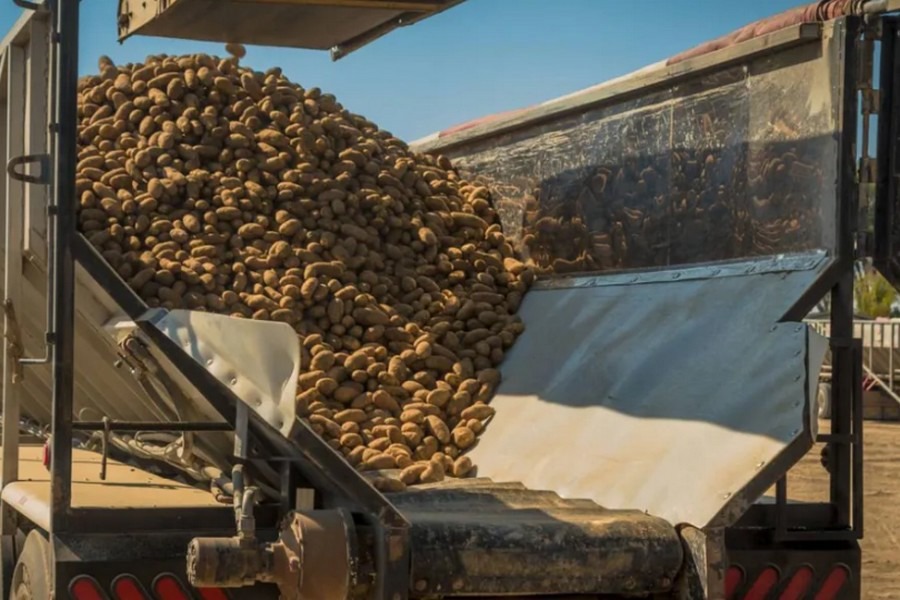Anticipated Decrease in Acreage and Potential Impact of Weather Events on Yields
Idaho is set to experience a notable reduction in Russet potato acreage for the upcoming 2024 crop. According to Ryan Wahlen of Pleasant Valley Potato, the state’s Russet potato planting is projected to range between 305,000 and 315,000 acres, down significantly from last season’s total of 328,000 acres.
The decrease in acreage comes amid concerns about potential impacts on yields due to recent weather conditions. A late frost in June has already affected some areas, but the more significant issue appears to be the hailstorms that have struck various fields. Reports indicate that insurance claims reflect damage as severe as 70 percent of the crop in some areas. “Weather events like that set the crop back. Damaged plants tend to ‘drop a set,’ meaning the plant releases tubers to focus on survival and leaf growth, which leads to smaller new growth tubers,” Wahlen explained.
Harvesting of the new crop is expected to commence in the third to fourth week of August, aligning with historical timing. However, some growers and shippers may delay shipping depending on the remaining storage crop supplies.
Regarding storage crop status, most Idaho shippers plan to utilize their storage potatoes until the new crop becomes available, with some extending their use slightly longer. Other potato-producing regions, such as Washington and Wisconsin, might finish their storage crop supplies earlier. Wahlen noted, “Generally, there is more storage crop available now compared to previous years at this time.”
Potato demand has been strong, with Wahlen noting that the industry is on track to conclude the season in three to four weeks. Although summer demand does not typically increase, the available storage crop becomes more limited as the season progresses. On pricing, while it remains below the cost of production, there has been a gradual increase over the past four to five weeks. This trend is expected to continue as the storage crop moves, with new crop prices anticipated to start higher than current storage crop prices. “The lack of a significant gap probably means that the new crop price will not be as much of a premium relative to old crop pricing as we have seen in the past,” Wahlen added.

